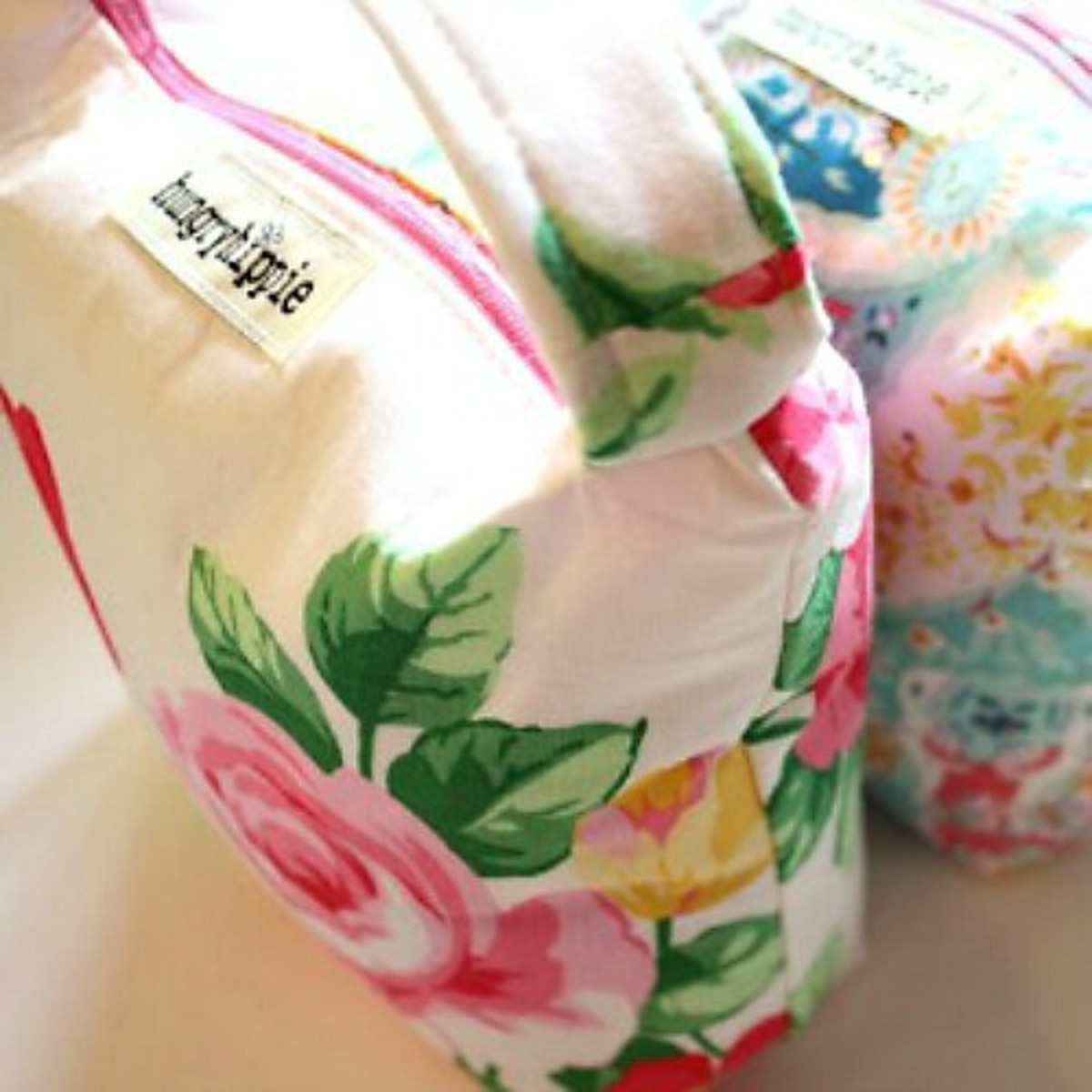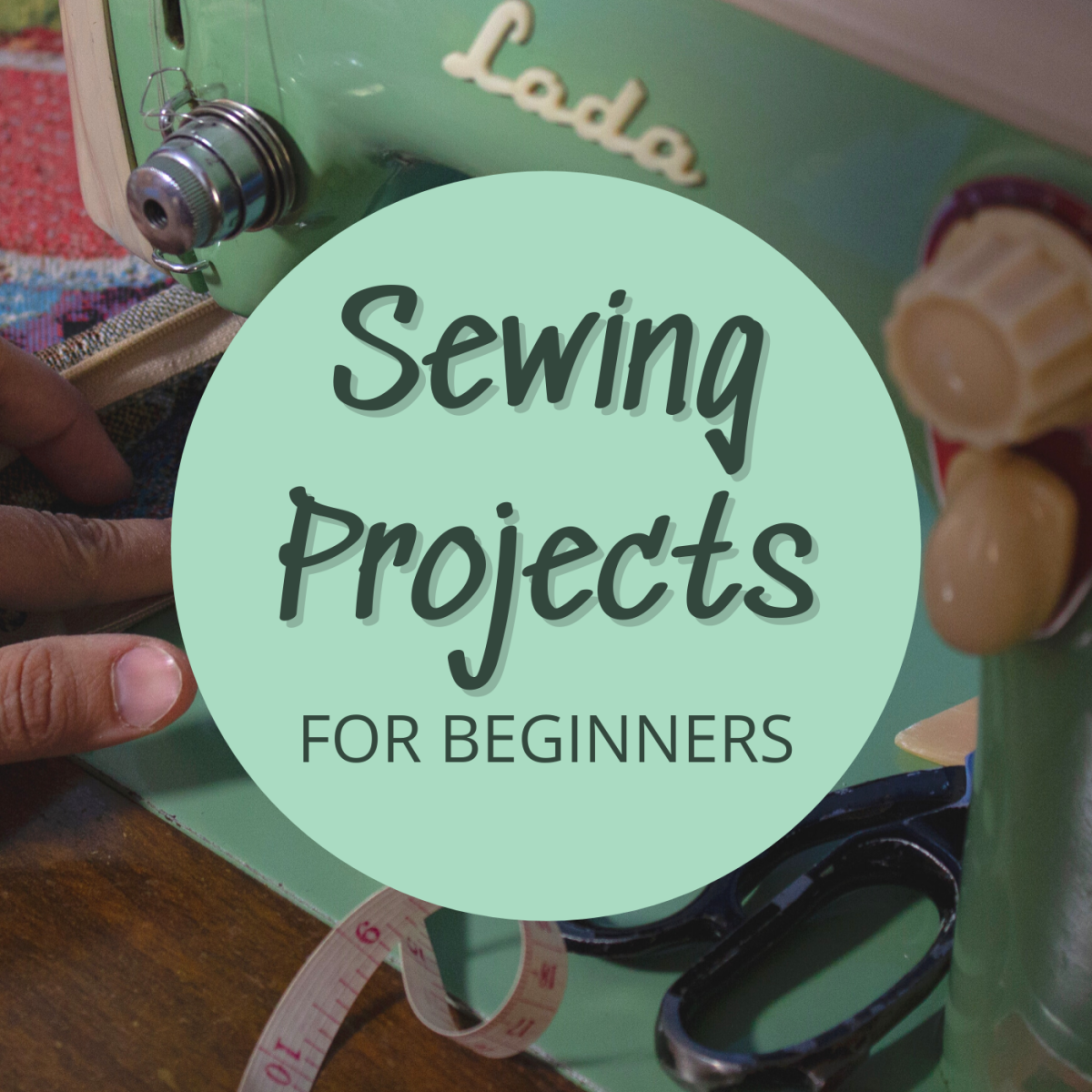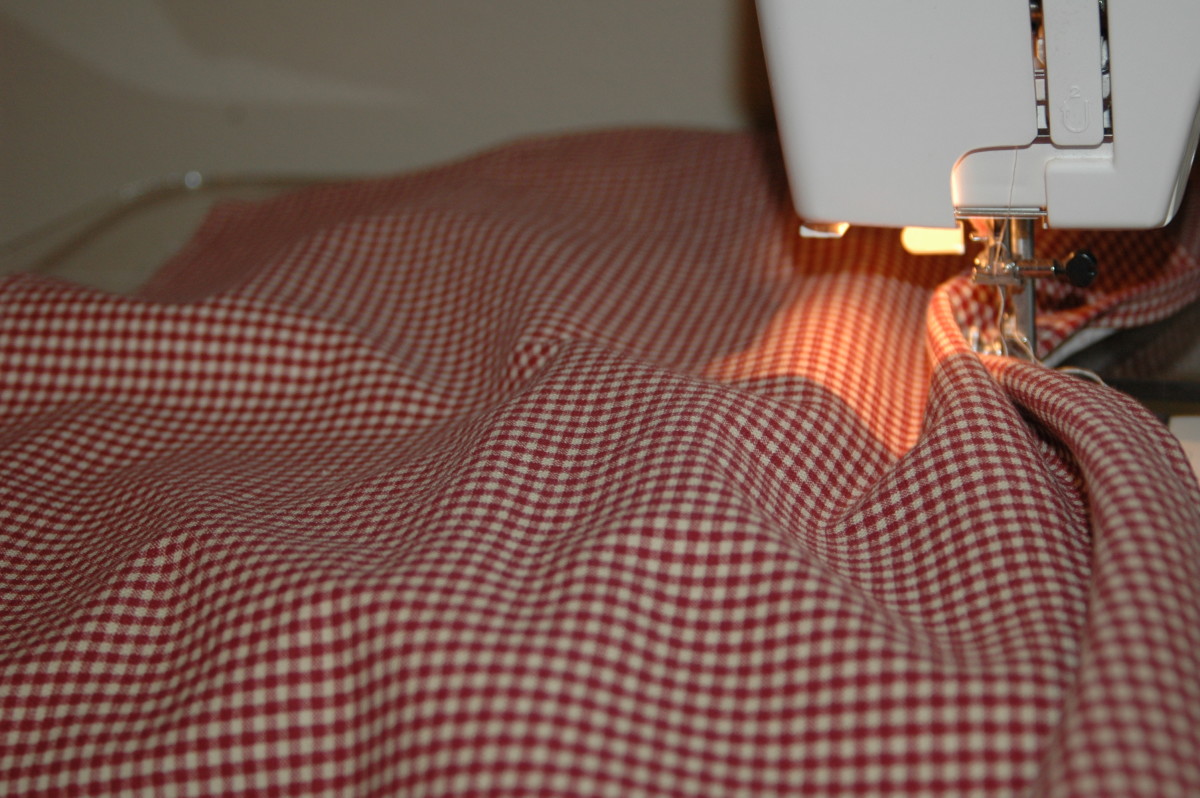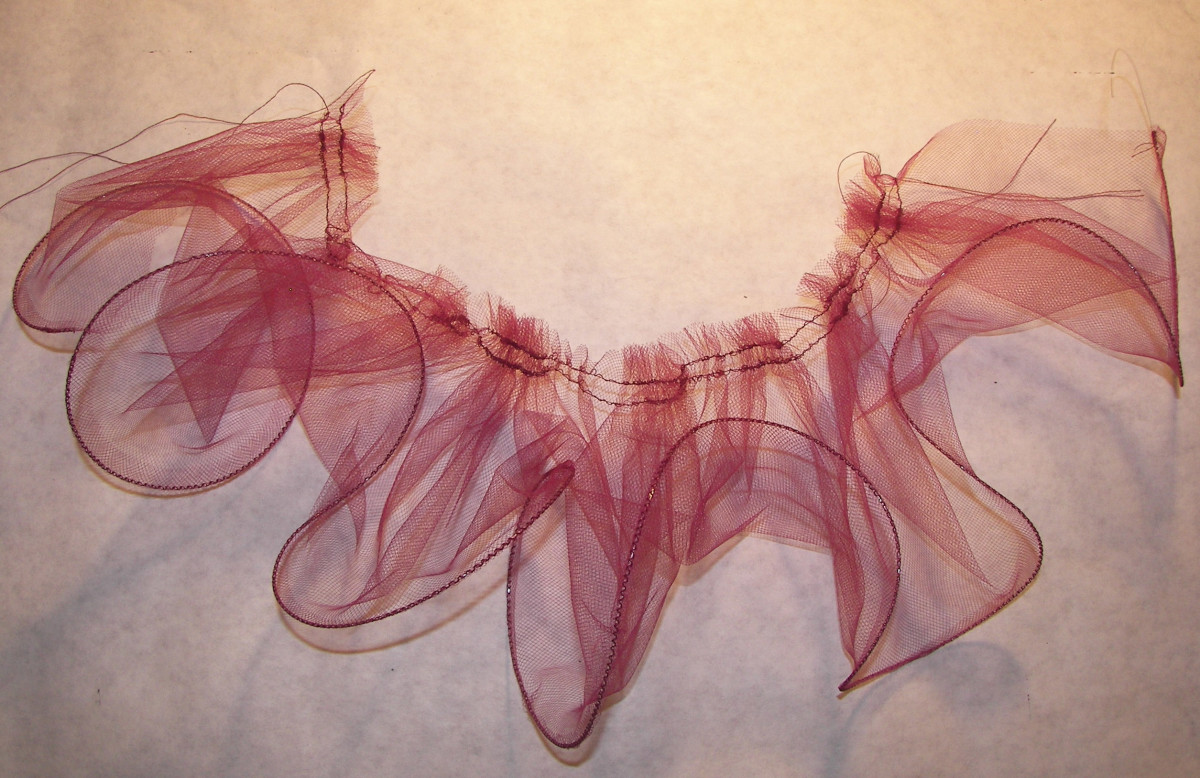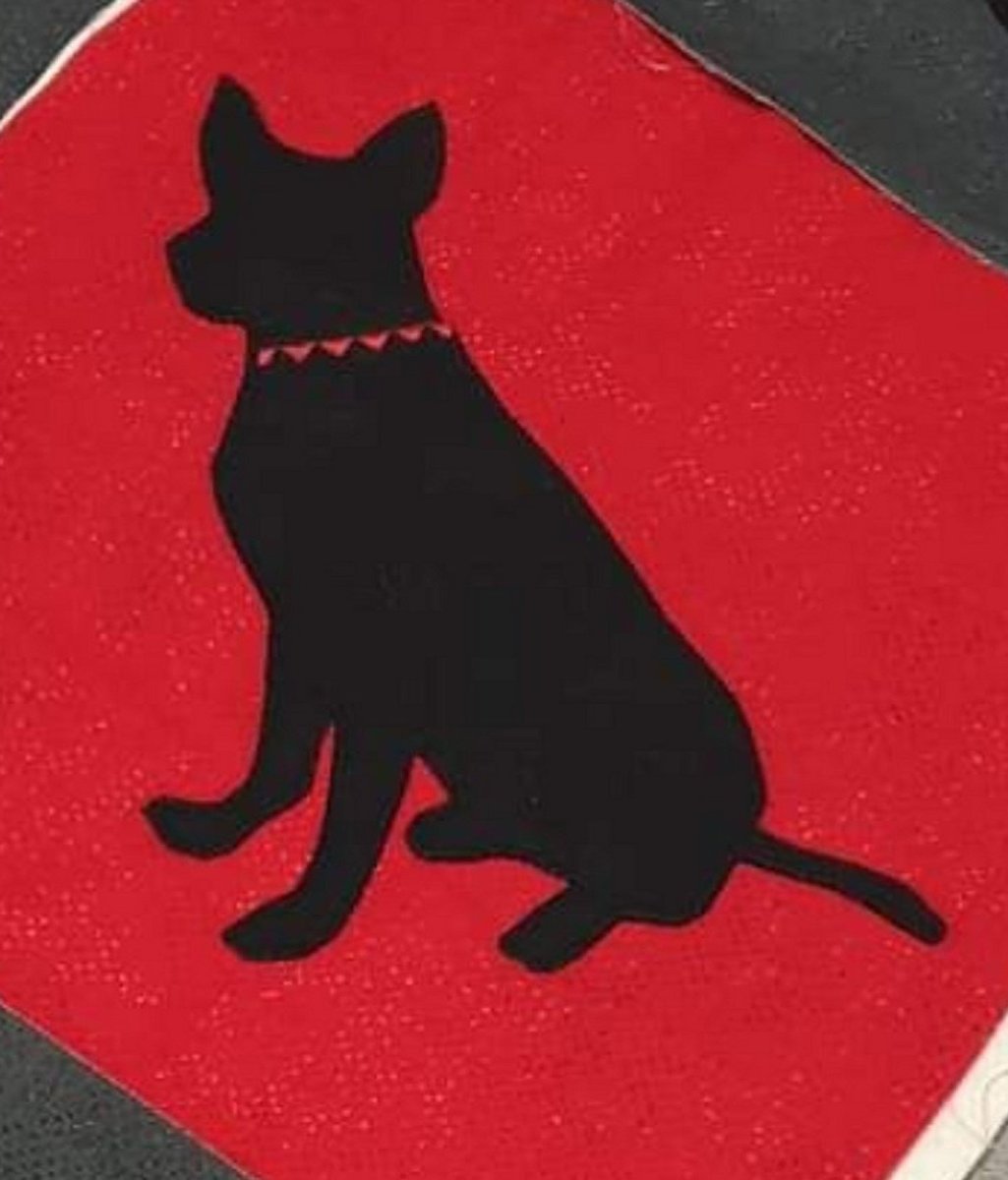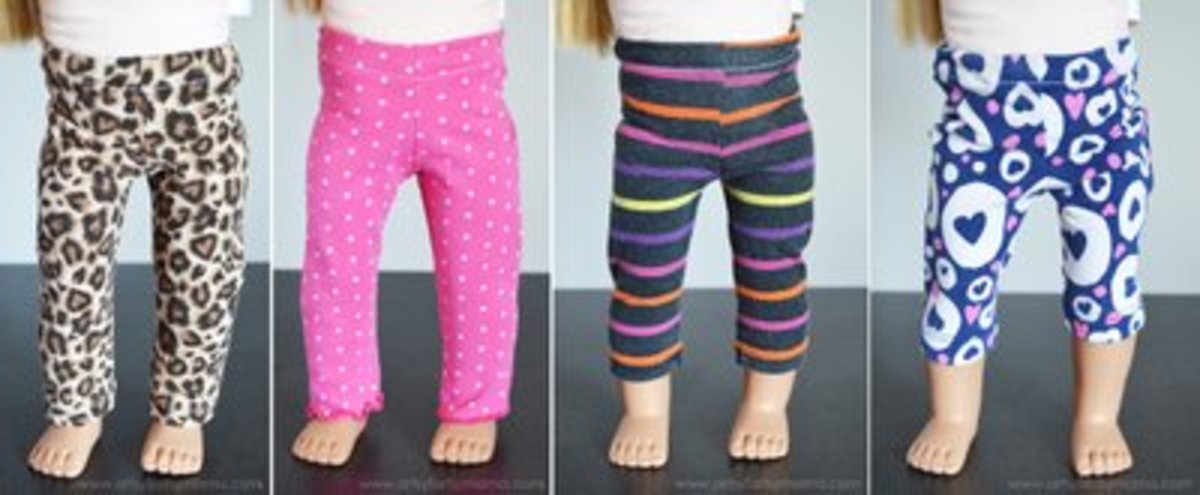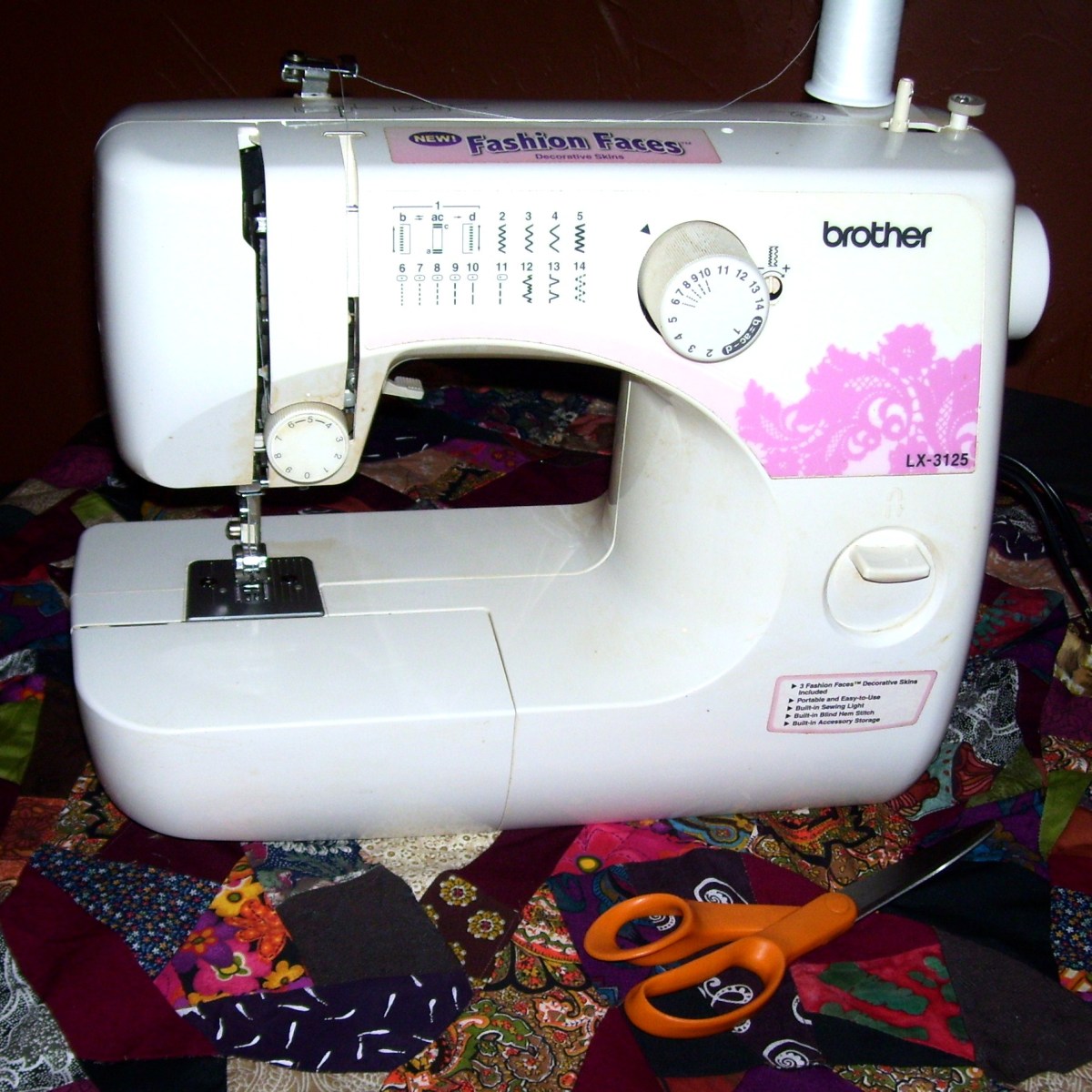How to Make a Pair of Leggings
How Do You Make a Pair of Leggings?
Making a pair of leggings is very simple and the project can easily be completed in under half an hour. This article is a simple step by step guide that will help you create a pair of leggings in no time.
If you have ever tried to look at a pair of leggings to determine how to go about making your own pair then you will know that sometimes, it can be baffling trying to understand how they were made. Often, it doesn’t appear as if the leggings have enough seams to be physically possible but of course, those are machine made (machine as in industrial as opposed to the simple sewing machine). Yours do not have to be machine made; you can make them in the traditional way with all of the correct seams in the correct places. Really, making your own leggings is not that difficult but there are a few basic elements, which if learnt, can only make your job a little easier.
What You Need
Stretch Fabric (Whichever you are comfortable with)
Scissors
Sewing machine
Iron
Matching thread
Elastic (2cm diameter)
Pair of Ruched Hem Leggings
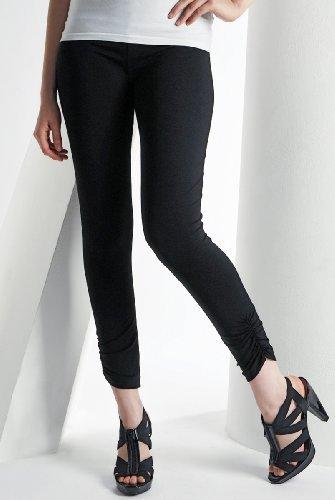
Sewing and Cutting Your Fabric
When deciding on what fabric to use for your leggings it is important to remember a couple of things: A- does the fabric stretch in more than one directon. B- if not, does the pattern run the right way for your desired look?
If you purchase a fabric that stretches in all directions, that is great! And much easier for you. However, if your fabric only stretches in one direction then you will need to ensure that you cut out your legging legs in a way that will allow them to stretch correctly when worn. (See diagram for more detail).
Lay out your fabric on a large surface and fold over one edge. Use another pair of leggings as a cutting guide by folding them in half and placing them on top of the folded fabric. Make sure that the longest, straight edge of your folded leggings is in line with the fold of the fabric. Allow extra fabric at the top (approximately 3-5 inches) as you will need extra for making the waistline.
Using your scissors, cut around your leggings leaving a 1-2 inch gap. If you are worried that your fabric is not as stretchy as the leggings you are cutting around, simply leave a larger seam allowance when cutting out. Make sure you cut wide enough around the crotch area. Once you have done this, repeat this step to give you another leg.
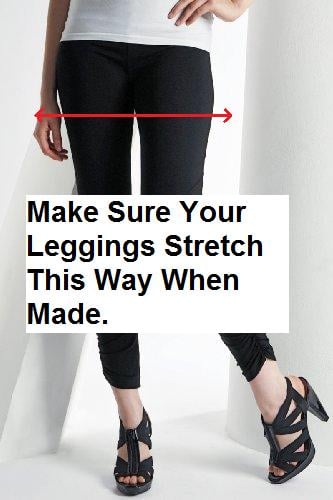
Sewing Together Your Two Leg Pieces
Now you have your separate leg pieces cut out all you need to do is sew them all up at the right places. Do not go rushing ahead and sewing the two legs together, that would be silly (but easily done!). Take one piece and turn it so that you have right sides facing together. Stitch up the long side but stop as you reach the crotch, do not stitch all the way up. Do the same to the other leg piece.
By now, you should have two separate legs that will eventually make your pair of leggings. Take those two pieces (inside out) and stitch them together at the crotch. For added strength, use a zigzag stitch to strengthen the area.
Now you should have what looks like a pair of leggings but the length may need adjusting. If they are too long, simply cut the bottoms and hem up. You will also need to hem up the waist, make a double fold at the top of your leggings and iron it down flat. Make a zigzag stitch to close the folded edge but leave a gap where you can slide in a piece of elastic.
Take your elastic and attach a large safety pin to one end. Thread it through the hole of your leggings waist area until it comes out the other side (keep a tight hold of the other end). Stitch the two ends of the elastic together and tuck it into the folded waist hem. If you like, you can make a small vertical stitch just to keep the elastic in position but it shouldn’t really move around that much anyway.
Voila! You have made a pair of leggings.



